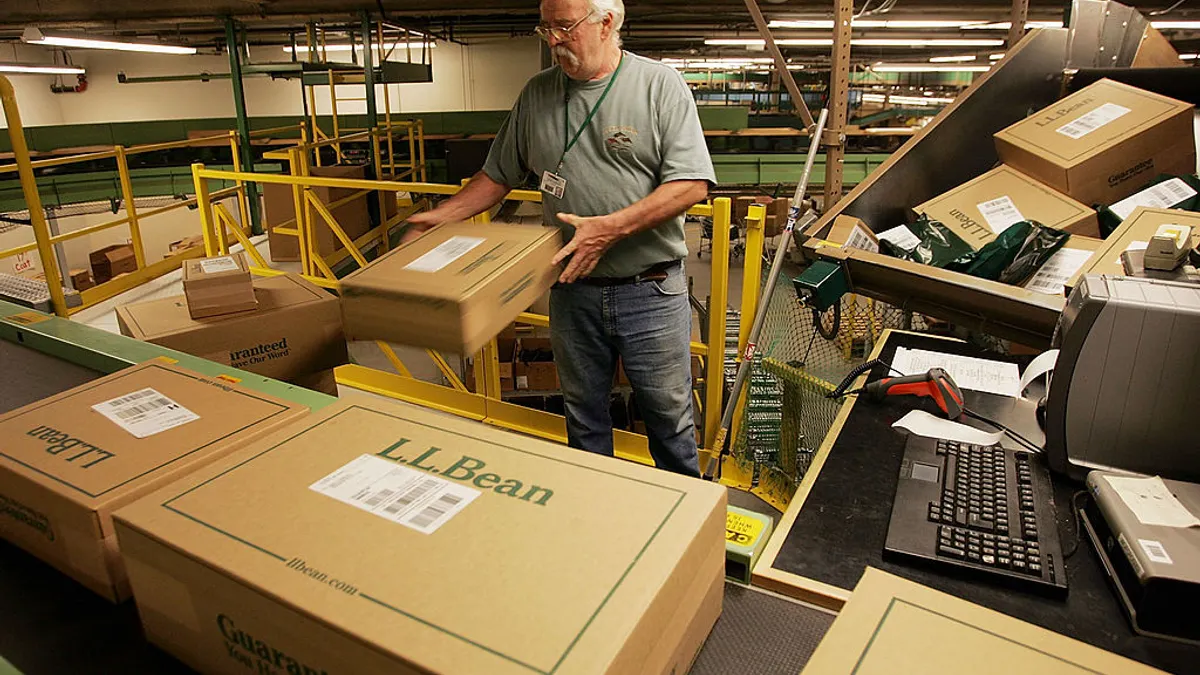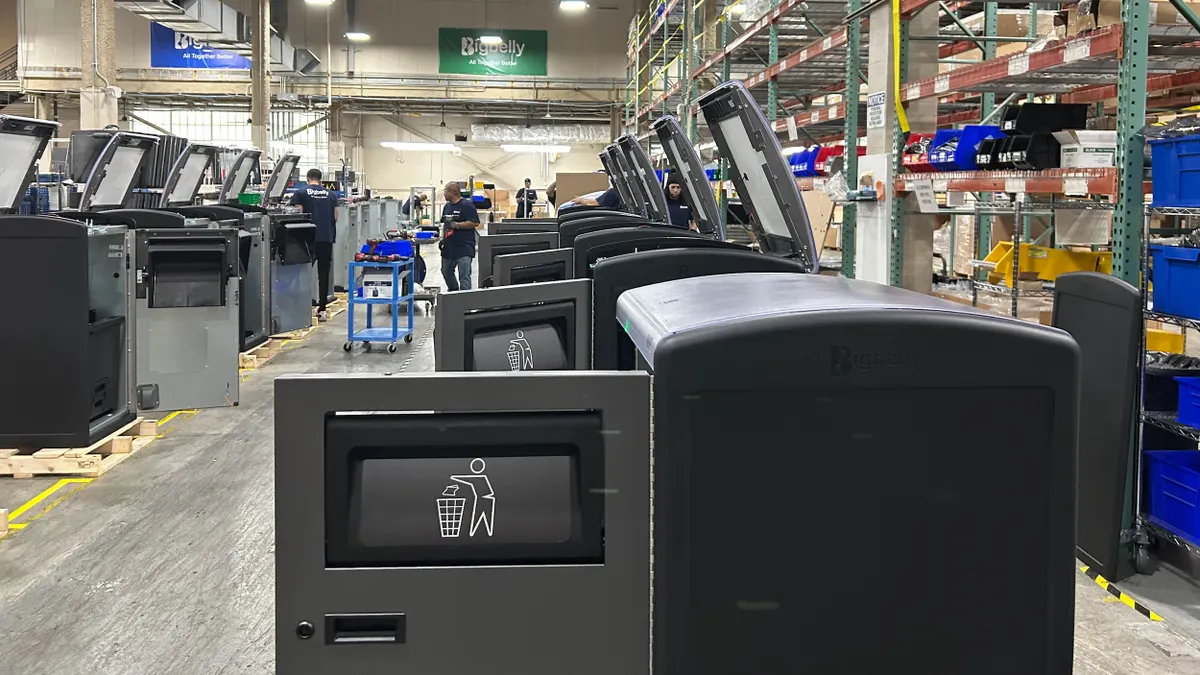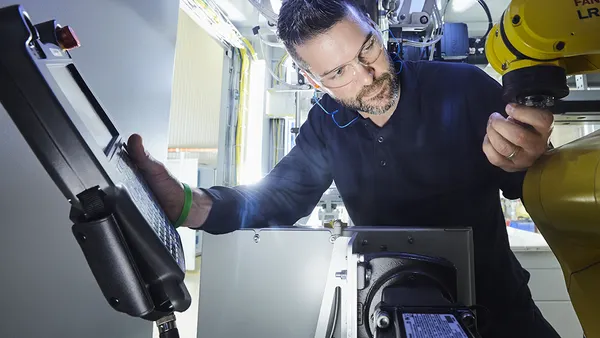Industrial automation continues to revolutionize modern manufacturing facilities to improve consistent, predictable performance in 24/7 operating environments. Programmable logic controllers (PLCs) and supervisory control and data acquisition (SCADA) systems monitor thousands of variables simultaneously. Yet despite decades of major technological advances, automation alone can’t guarantee asset reliability. Control systems can capture what’s happening in the moment, but without a connected reliability layer, teams are still left to interpret, decide and react.
The next industrial frontier is connecting what your systems see to what your maintenance teams do next. When automation and reliability are connected, every important data point informs a prioritized decision that protects output across the enterprise.
Predictive Maintenance Bridges the Gap Between Control Systems and Maintenance Workflows
While automation accelerates time-to-value by detecting potential equipment issues, visibility doesn’t automatically ensure reliability. Many plants remain in a reactive loop where SCADA alerts are received, operators escalate them to maintenance and a decision to act is made often later than the ideal time. To protect production and sustain output, facilities must evolve beyond manual escalation and static alarm logic. For operations leaders, the goal is not strictly to observe and maintain, but to anticipate and control what happens next.
Predictive maintenance (PdM) closes this gap by transforming raw data into prioritized, prescriptive actions. It brings confidence and context to every decision—bridging insights from automation systems into proactive maintenance that reduces risk and keeps operations running smoothly.
Closing the Loop: From Detection to Action
In a typical maintenance scenario, sensors detect a multitude of factors like vibration, flow, pressure, temperature or current draw from a high-value machine—early signs that an asset is not operating optimally.
Instead of logging the anomaly and moving on, intelligent systems analyze the data with AI models, after which a team of reliability experts validates the trend or deviation. Smart tools combined with specialized guidance based on historical and technical knowledge provide clear next steps for maintenance teams to address any issues during a planned window, well before a failure can occur.
This represents the “last mile” of automation: turning sensor data into trusted intelligence that bridges the gap between operational awareness and maintenance action. In more advanced environments, these predictive insights enhance existing automation systems, giving operations and reliability teams a unified view of both process conditions and asset/equipment health.
Case Study: PdM Turns a Critical Pump Alert into a Planned Fix
Trigger: A critical paper mill fan pump shows rising acceleration vibration with elevated amplitudes and a raised noise floor in the high-bands.
AI Analysis: PdM flags a probable lubrication-related bearing issue based on the trend and harmonics.
Expert Analysis: A certified analyst reviews waveform and spectral data and recommends inspection. The onsite team confirms poor lubrication—the root cause of water contamination in the bearing housing.
Action: Maintenance replaces the bearing and seal, ensuring proper seal to prevent contamination, and lubricates the bearing to specification.
Outcome: The mill avoids 16 hours of downtime and saves $260K, with one day from initial alert to verified resolution.
Confidence for Every Scenario
When predictive systems and control systems share the same operational context, leaders gain a new level of assurance. The results are immediate:
- Fewer surprises: Early warnings catch failures before they disrupt operations or budgets.
- Longer asset life: Chronic issues like misalignment and lubrication faults are resolved early—avoiding costly damage.
- Fast payback on critical assets: Planned interventions replace reactive repairs, delivering measurable ROI in months.
In every scenario where nothing breaks, predictable output and dependable assets across the network pay dividends. PdM also delivers fewer disruptions for operations managers as well as trusted, actionable data for maintenance teams. Alerts now align with reality rather than add more noise.
Redefining the End Goal of Automation
For decades, automation has focused on precision: better control, tighter tolerances, cleaner interfaces. But precision on its own doesn’t prevent downtime. Ultimately, automation that predicts, prioritizes and drives the right maintenance action at the right time, before failure occurs, makes operations more reliable–and resilient.
How to Get Started:
- Connect systems: Build continuity between asset data, control visibility and maintenance response.
- Add predictive signals: Integrate vibration, temperature and other PdM metrics into your reliability strategy.
- Build and train models: Use AI models tuned to your assets and validated by real analysts.
- Automate smart actions: Turn insights into intelligent, prioritized maintenance.
Close the Loop. Scale the Impact.
When automation and predictive maintenance work together, operations teams gain the foresight to prevent problems, extend asset life and sustain uptime across the enterprise.
The organizations that master this connection don’t just react less—they perform better. They turn automation into assurance, data into direction and reliability into a measurable advantage.
You’ve already automated control; now it’s time to operationalize confidence. Learn how Waites is creating a world where nothing breaks™ — visit waites.net.










